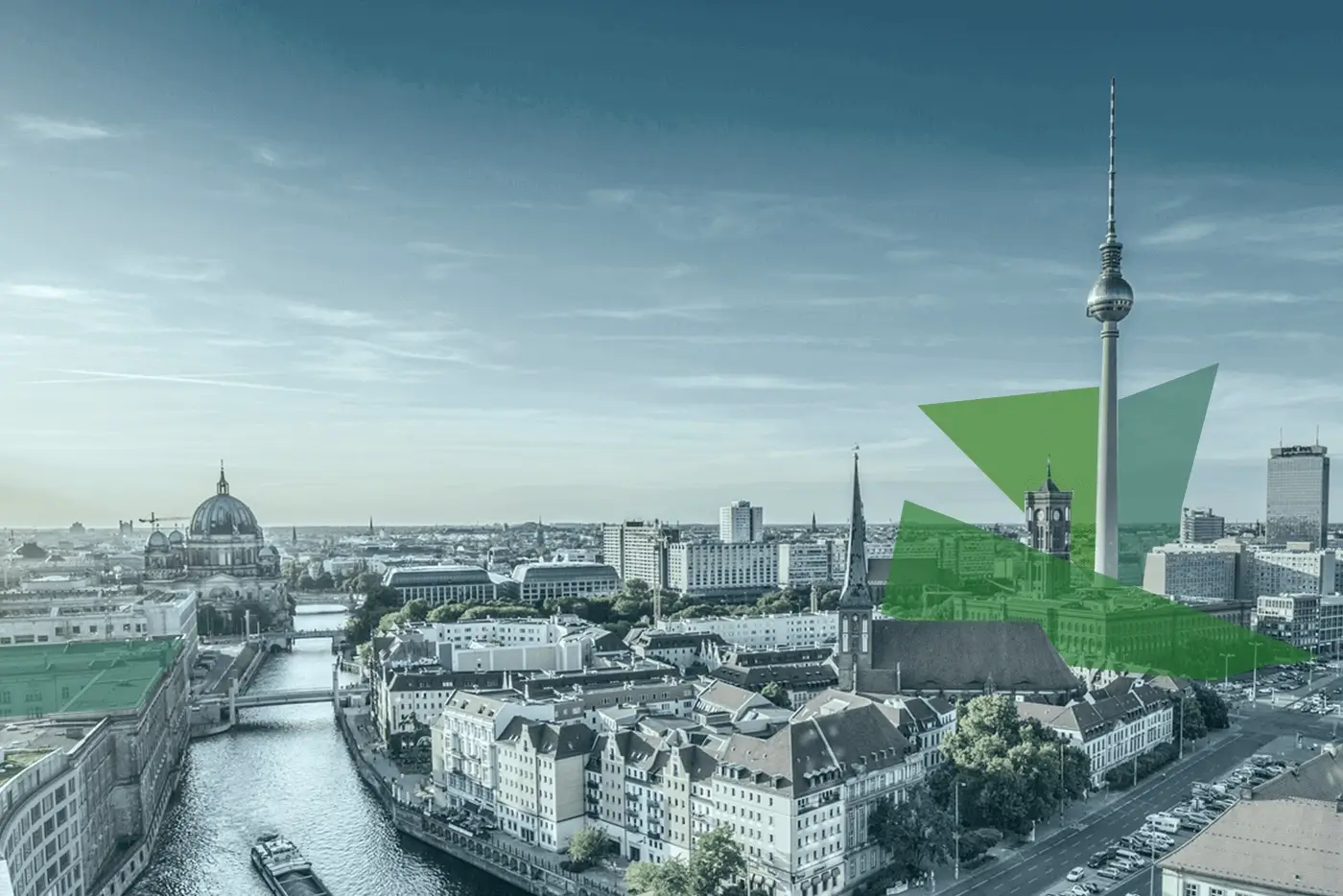

Creating a high quality website can quickly become a comprehensive and confusing project. With a content management system, you can keep track of things through task sharing. We program the frontend for you without you having to come into contact with the complex code yourself - you only have to take care of your content.
WordPress is currently the most widely used free content management system for professional websites and web blogs.
Just get started with your own website!
CMS stands for "Content Management System".
The Content Management System serves to release and manage all contents of a homepage in the simplest way and without programming knowledge on a website. For this purpose, the Content Management System provides a complete program with basic system functions for creating pages, navigations, as well as a standardized page framework for creating header and footer pages, page bars and templates, in which textual and multimedia content can be inserted with the help of content management systems based web editors (e.g.: Joomla, Drupal, WordPress or Contao) or via automated processes and routines.
In addition, a content management system can provide additional functions for managing media (e.g. a picture gallery) and for interaction (contact form, comments, etc.) as integral system components or in the form of modules.
An essential attribute of a modern Content Management System (CMS) is the fact that
1. the system components and functions
2. the outer form, i.e. side frame, template incl. layout and design
3. the content of the pages (content)
can be managed and edited independently of each other. In practice, this means that functions can be further developed or the template of a content management system can be redesigned without the content of the pages changing.
WordPress, just like Contao or Drupal, is a free software that can be used to create websites. Thanks to this CMS, individually designed weblogs can be created with just a few clicks. The maintenance is just as easy as the structuring of the blog, because categories can be created freely. Furthermore, WordPress is designed in such a way that any necessary navigation elements are generated automatically. Of course, WordPress is also suitable for the administration of hierarchically arranged pages and can be used as a content management system without any problems.
Another feature of WordPress is the possibility of reader comments. Of course, these can be managed accordingly. Also, user rights can be determined individually via corresponding user roles. Of course, a central link management is also possible via WordPress. Furthermore, WordPress can be developed into a fully-fledged content management system with the help of external plug-ins.
The content management system WordPress was created with the scripting language PHP and requires an SQL database for its function. WordPress is a free software with a license called GNU General Puplic Lincense. According to the wishes and needs of the users, standard themes or themes for the design of WordPress can be purchased directly from a frontend developer.
To the contact form // More information about WordPress
Besides WordPress, Drupal is one of the best-known content management systems. The CMS can be used for the creation of individual smaller web presences as well as for the implementation of complex community platforms. The main advantage of Drupal is that even complex pages can be created quickly and easily. Drupal is an open-source software, so no costs occur when it is used. This CMS is, so to speak, a child of an entire community and was designed so that an individual frontend design is possible at any time.
Using Drupal opens up a multitude of possibilities, whether as a wiki, normal homepage, online shop and so on. There are no limits to the application possibilities of the open source software.
Layout and content can be individually exchanged, supplemented or changed. In addition to textual content, multimedia content such as images, audio files or videos can also be integrated. Drupal's rights management is designed in such a way that different rights of use can be distributed. A further advantage of Drupal is that websites created with this CMS can be easily extended.
The user experience was designed goal-oriented and intuitive, whereby for the operation or maintenance of existing web pages no knowledge within the range of the programming must be present. Even inexperienced users can easily upload images or other content to Drupal. Since the Drupal user interface is web-based, it can be accessed from any computer.
Go to the contact form
Similar to WordPress or Drupal, Contao is also an open source CMS. Contao makes it possible to create a professional, easy to maintain Internet presence. Furthermore, Contao's architecture is designed in a way that the content management system meets high security standards. Contao is perfect to create barrier-free and search engine friendly flexible websites. The CMS also has a number of other features to offer.
Go to the contact form
Joomla is a free CMS that is used to create websites. The system is available with a GNU General Public License. It is one of the most widely used open source content management systems along with Typo3, Drupal, WordPress and Contao. Joomla was written in PHP just like WordPress and depends on a SQL database for its function.
Joomla can be used to create websites where dynamic content is planned. Joomla is designed in such a way that the web pages can be carried out by different people at the same time, without the need for deeper knowledge. Joomla has a total of three levels:
1. Page content
2. Layout
3. Functional structure
For the frontend design of Joomla you can use standard themes. If you prefer an individualized website, you can buy Joomla themes or order them directly from a frontend developer.
To the contact form
Typo3 is an open source CMS. It is installed on a web server and can be operated via the browser. Typo3 CMS does not offer customer support.
PHP is used as scripting language. The configuration of the site is done by a script language "TypoScript". This allows a good individualization, but requires a high learning effort. Content can be edited directly via the backend as well as via the frontend. A WYSIWYG editor facilitates the editing and publishing of content even without programming knowledge. The editing rights of several users can be assigned individually. It has a modular structure and there are extensions, most of which are provided by third-party providers.
Due to its large scope, the specific scripting language and the extension option, this CMS is particularly suitable for larger projects.
To the contact form
Do you want to change or reset your CMS? Then simply write to us using the contact form. We offer competent advice, fast help, creative solutions and a lot of expertise. We look forward to getting to know you and your project!
